Telecoms History
Post Office Counter
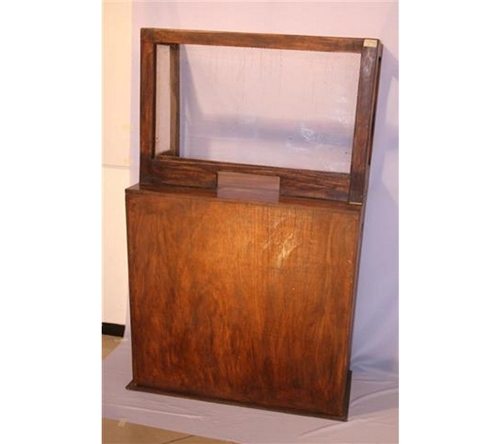
Post office counter is the window of NIPOST or any other postal establishment. Post office counter is where transactions are made.
Example (1) Selling of postage stamps (2) Registration of letters, delivery of registered mails, etc. This wooden post office counter dates back to 1852 when postal services were introduced in Lagos by the British Government.
Drop Bag Fitting
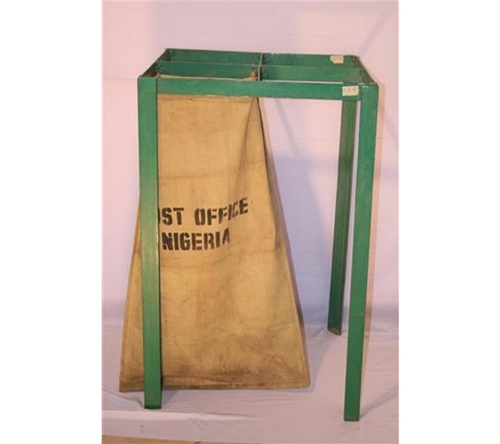
Drop bag fittings are well constructed metal devices fitted in mail bags where large postal packets and parcels are sorted according to their destinations. This came into use in the late 19th century.
Sorting Rack
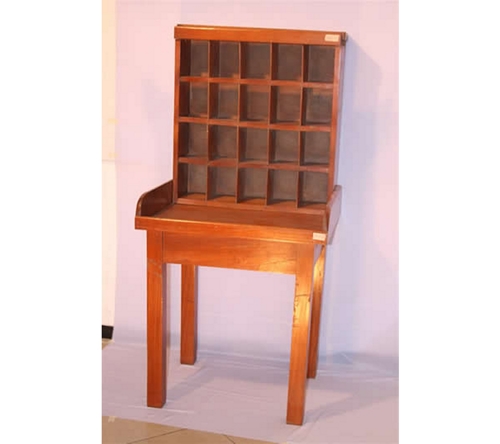
This is a wooden or metallic frame with rectangular pigeon holes for handling of outbound, Inbound and Local correspondences, going to private mail bags and are all separated/ sorted and kept in the rack awaiting final delivery to their respective addresses. This wooden frame was introduced when postal services were introduced to Lagos in 1852 by the British Government.
Telegram Machines
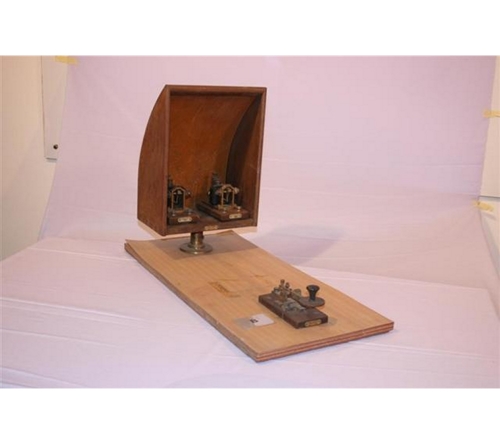
The idea for the electric telegraph was not thought up in a scientific laboratory, but on the deck of a sailing ship called the Scully, in the middle of the Atlantic Ocean. The inventor was Samuel Finley Breese Morse, and in 1832, he was one of the most famous artists in the United States. In 1837, he developed his telegraph idea enough to test it. Morse strung seventeen hundred feet of wire around his room at New York University, where he taught. It worked; his signals travelled from one end of the wire to the other. Therefore, the "telegram" system used lines similar to telephone lines but did not use speech. It was used to send messages from one place to another by using electrical on/off signals, similar to the dots and dashes used in the Morse code. In Nigeria, the telegram was for many years the fastest means of sending and receiving important messages aside the telephone.
Teleprinter T100
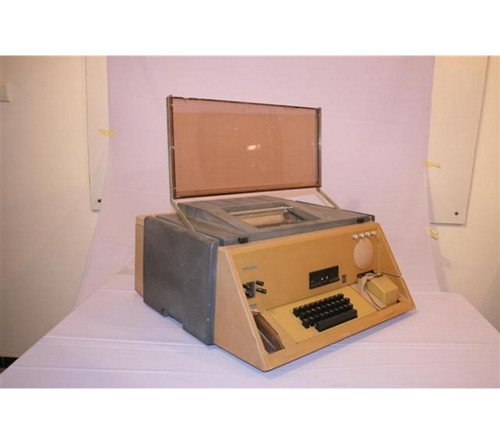
A Teleprinter (Teletypewriter, Teletype or TTY) is an electromechanical typewriter that is used to communicate typed messages from point to point and point to multipoint over a variety of communication channels that range from a simple electrical connection, such as a pair of wires, to the use of radio and microwave as the transmission medium. They could also serve as a command line interface to early mainframe computers and minicomputers, sending typed data to the computer with or without printed output, and printing the response from the computer. The teleprinter consists of a typewriter-like keyboard and a printer, powered by an electric motor. The two devices are coupled to the motor by clutches that are brought into operation automatically when required. A message is sent by typing on the keyboard. The teleprinter has evolved through a series of inventions by a number of engineers, including Royal Earl House, David Edward Hughes, Emile Baudot, Donald Murray, Charles Krum, Edward Kleinschmidt and Frederick G. Creed, between 1846 - 1924.
Copper Weld
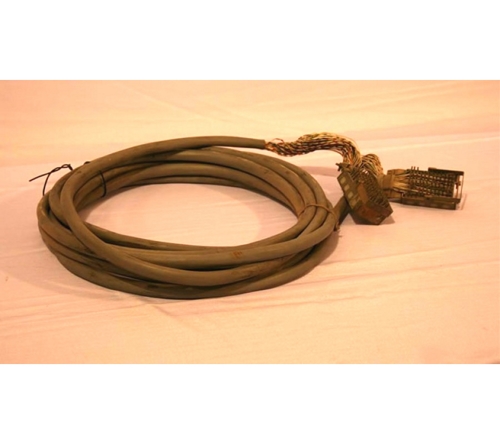
Alexander Graham Bell invented the telephone over 100 years ago. At first, the telephone lines were separate lines that connected pairs of telephones. The telephone lines were single grounded wires made of iron or steel. Some wires were galvanized for corrosion resistance, but corrosion problems were never the less prevalent. The lines were single grounded wires and they were inherently noisy. Phosphor bronze wires and compound copper steel wires were made in attempts to decrease the noise in the lines. The benefits of using copper conducting wire were known, but the technology was not available to make a copper wire strong enough for an overhead wire. Then in 1877 Thomas Doolittle developed the process for hard drawn copper wire in the Naugatuck Valley of Connecticut. He had soft, annealed copper wire drawn through a series of dies in order to increase its tensile strength. The hard drawn copper wire was strong enough for overhead wires and copper took over the telephone wire market. In 1884 an experimental long distance telephone line made of copper was set up between Boston and New York. Thus, copper weld wire has been utilized and relied upon for years as a strong, non-rusting, efficient grounding conductor which combines the strength of steel with the conductivity and corrosion resistance of copper. These properties make it ideal for many utility, telecommunication, and general industry applications.
Telephone Cable

A telephone cable is called Category 3 or CAT3. It has 4 wires inside of the cable sleeve, 2 are used for data, one for power and one for ground. Though, Alexander Graham Bell invented the telephone over 100 years ago. The first telephone cable line was set up in Boston in 1877. It connected the home of Charles Williams Jr. in Somerville MA with his Boston office. In Nigeria, the lines came into existence with the arrival of the telephone especially in the homes and offices of the then colonial officers. In most cases, two copper wires (tip and ring) for each telephone line run from a home or other small building to a local telephone exchange. The wires between the junction box and the exchange are known as the local loop, and the network of wires going to an exchange, the access network.
Cordless PBX
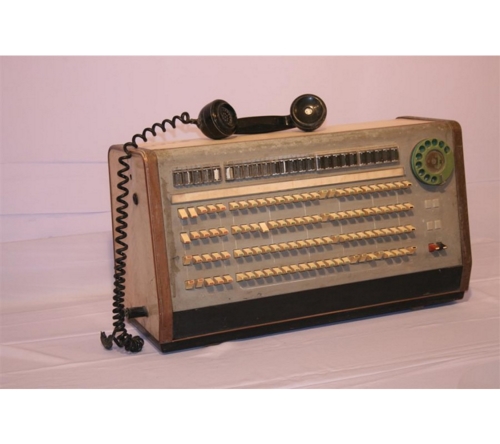
A Cordless PBX (private branch exchange) systems business phone systems are specially designed systems that link the internal phone system of a company to the public telephone network. It gives individuals the flexibility to move freely around the office without the fear of missing a call. Cordless business phone systems include cordless handsets, interconnectivity and other facilities such as voice mail, call forwarding and caller ID. Generally, cordless business phone systems are used in small business establishments and home offices. Cordless business phone systems are available mainly in three different kinds - private branch exchange (PBX) systems, key systems, and KSU-less phone systems. The inventor of the cordless phone was a musician, named Teri Pall. She invented the device in the year 1965. The phone was only able to function at a low frequency of about 49 MHz and only worked in small spaces.
Digital Card Phone
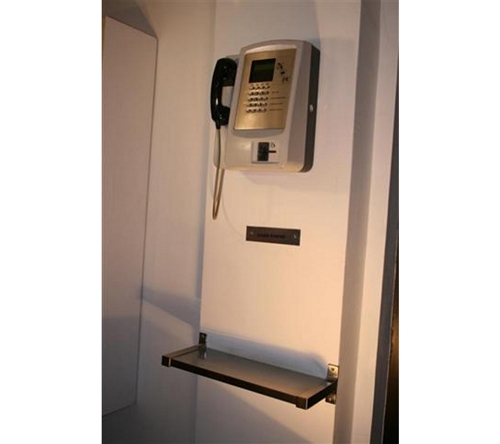
This is a public payphone which is often located in a phone booth or a privacy hood, with pre-payment by inserting a pre-paid telephone card, a credit or debit card, or money (usually coins). Payphones are often found in public places, transportation hubs such as airports or train stations, convenience stores, malls, casinos, and on street corners. Some payphones, particularly at gas stations, are mounted in drive-up structures that can be used without leaving the vehicle. In particular, payphones are useful for foreign or generally non-local travellers who need to place local calls, as well as those who simply don't like mobile phones. AT&T introduced "Charge-a-Call," a "coinless" pay phone, in 1978 (and the term "pay phone" began to replace "coin phone").
Photo
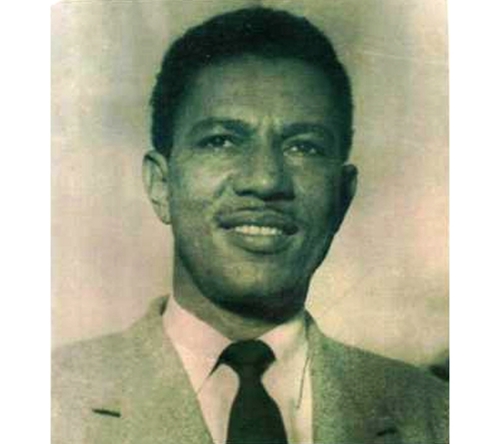
Mr. Arthur Prest (Minister for Communications, 1951 - 1954)
Photo
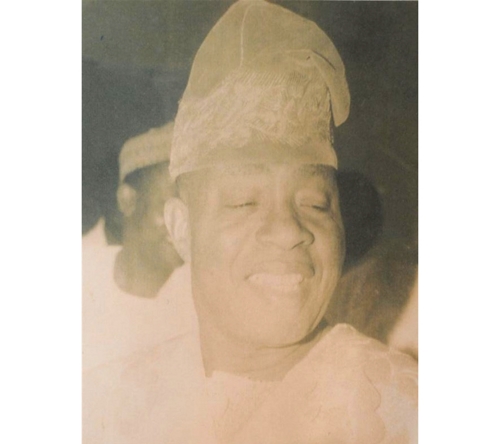
Dr. Kingsley Ozumba Mbadiwe (Minister for Communications, 1954 - 1957)
Photo

Chief Samuel Ladoke Akintola (Hon. Minister of Communications, 1957 - 1959)
Photo
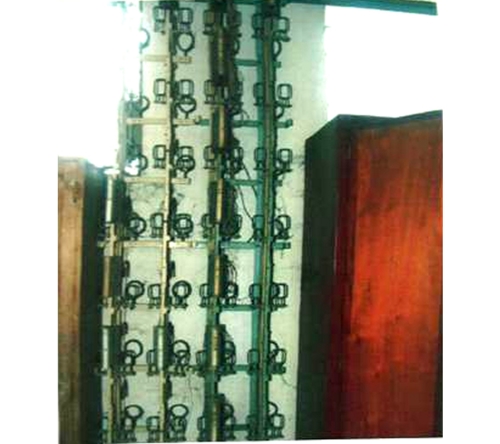
Intermediate Distribution Frame of Transmission Equipment
Photo
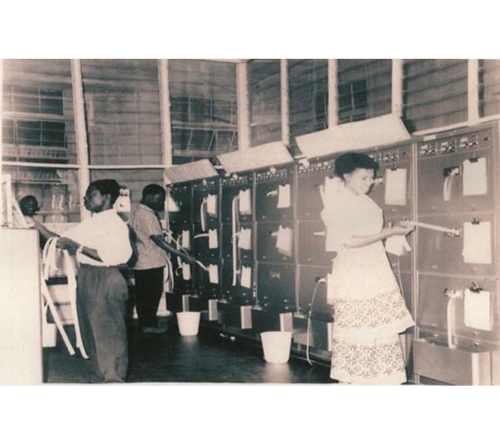
Photograph of workers at work at the Lagos Central Telegraph Office (Date: 19th May, 1960)
Photo
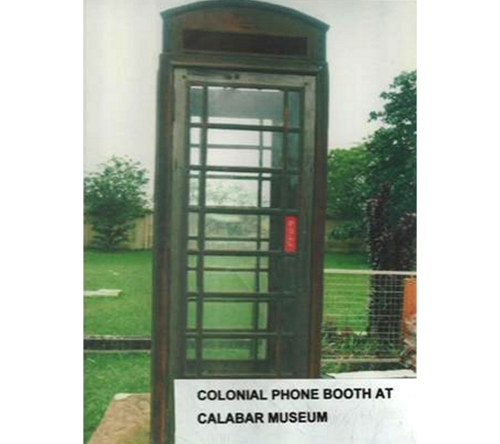
Colonial Phone Booth At Calabar Museum
Photo
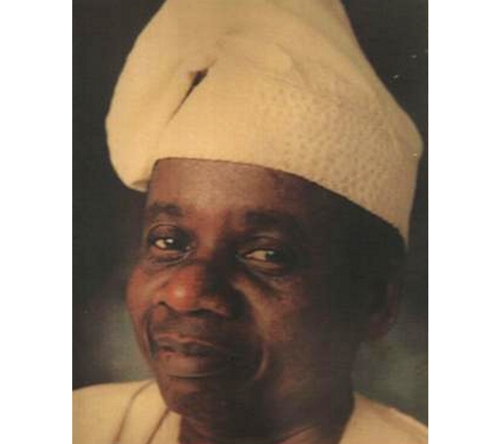
Engr. O. Oyeleye Chairman
Nigerian Communications Commission
Photo
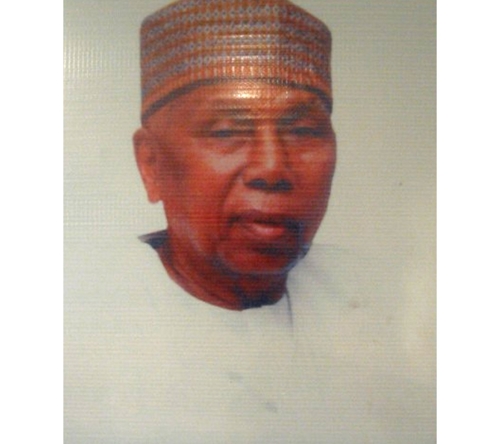
Alhaji Ahmed Joda
Chairman, Nigerian Communications Commission (2000 - 2010)
Photo
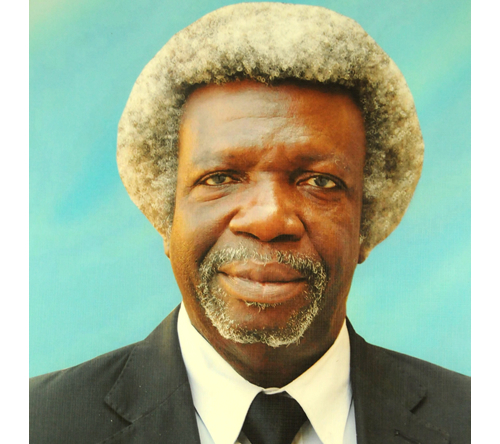
Mr. Peter Igoh
Chairman, Nigerian Communications Commission (2010 - 2015)
Photo
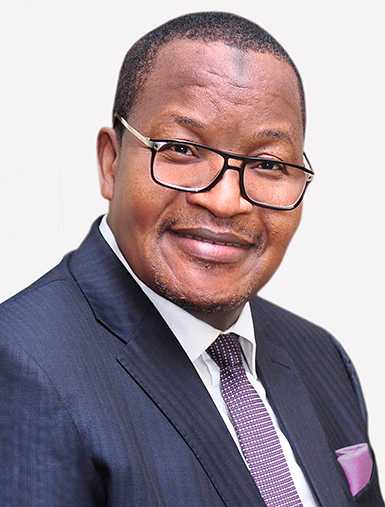
Professor. Umar G. Danbatta
Executive Vice Chairman & Chief Executive Officer (2015 - 2023)
Photo

Dr. Eugene I. Juwah
Executive Vice Chairman & Chief Executive Officer (2010 - 2015)
Photo

Engr. Ernest C. A. Ndukwe
Executive Vice Chairman & Chief Executive Officer (2000 - 2010)
